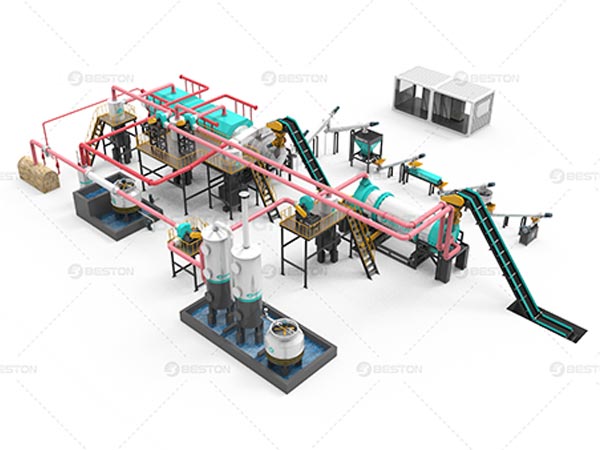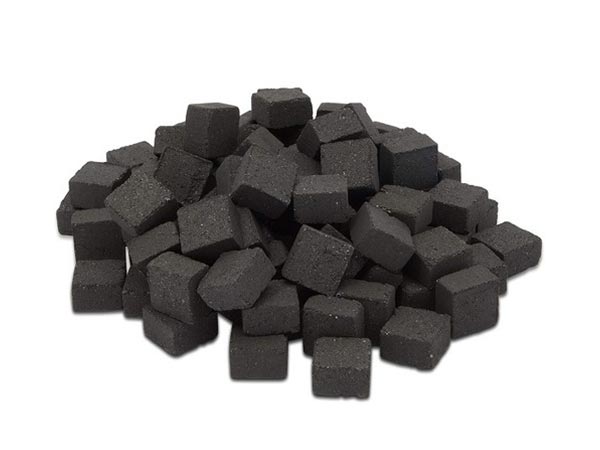In the realm of sustainable technologies, charcoal making machines emerge as transformative instruments, turning organic waste into valuable, carbon-rich charcoal. These remarkable devices, often hidden away in eco-conscious communities and industrial facilities, are the unsung heroes of sustainable resource production. Let’s delve into the intricate world of charcoal making machines and unveil their remarkable capabilities.
Understanding the Essence of Charcoal
Before we delve into the charcoal making machine, it’s essential to grasp the significance of charcoal itself. Charcoal, in its simplest form, is carbon-rich material, typically produced by heating organic matter, such as wood or agricultural residues, in a low-oxygen environment. This process, known as pyrolysis, converts the biomass into charcoal, leaving behind valuable products like syngas and bio-oil.

The Inner Workings of Charcoal Making Machines
At the core of these machines lies the art of pyrolysis, a thermochemical process where biomass undergoes controlled decomposition under elevated temperatures in an environment with limited oxygen. This careful orchestration of heat and chemistry results in a trifecta of outputs: charcoal, syngas, and bio-oil.
Key Components of a Charcoal Making Machine:
Feedstock Hopper: This is where the journey begins as biomass materials, which can vary from wood chips to crop residues, are meticulously loaded into the machine.
Pyrolysis Reactor: The heart of the operation, where the magic unfolds. In this chamber, the biomass is subjected to extreme heat, releasing gases and leaving behind the prized charcoal.
Gas Collection System: The valuable gases generated during the process, like methane and hydrogen, are efficiently captured for further use.
Condensation Unit: This component serves to cool the gases, converting them into a valuable liquid form – bio-oil. This substance holds great potential for various applications.
Charcoal Collection Point: The culmination of the process, where the precious charcoal is collected and ready to be employed in various applications.
Applications of Charcoal
The utility of the charcoal produced by these machines spans across multiple domains:
1. Fuel
Charcoal serves as an excellent fuel source, especially in regions where access to traditional energy sources is limited. It’s a vital energy resource for cooking, heating, and even electricity generation.
2. Agriculture
Charcoal from wood charcoal making machine is a game-changer in agriculture. When mixed with soil, it improves water retention, enhances nutrient availability, and promotes microbial activity. This results in higher crop yields and reduced reliance on chemical fertilizers.
3. Environmental Remediation
The exceptional adsorption capacity of charcoal makes it a powerful tool in environmental cleanup. It can efficiently remove contaminants from soil and water, offering a sustainable solution for land and water remediation.
4. Carbon Sequestration
In the fight against climate change, charcoal plays a critical role. When added to soil, it sequesters carbon for extended periods, helping to reduce atmospheric CO2 levels.
5. Metallurgy
Charcoal is a crucial component in metallurgy, where it’s employed as a reducing agent in the production of metals like iron and steel.
The Cost Dynamics of Charcoal Making Machines
Understanding the economics of charcoal making machines is pivotal for those considering this sustainable venture. Several factors influence the overall cost:
1. Machine Size and Capacity
Larger machines often come with a higher upfront investment but have the advantage of processing more biomass, resulting in a more cost-effective production of charcoal over time.
2. Feedstock Availability
The type and accessibility of feedstock can affect both the cost and efficiency of the machine. Locally sourced biomass is often more cost-effective and environmentally friendly.
3. Operational Expenses
Maintenance, energy consumption, and labor costs are part of the ongoing expenses associated with charcoal production.
The Environmental Benefits of Charcoal Making Machines
The allure of rice husk charcoal making machine goes beyond economic viability. They offer a spectrum of environmental advantages:
Waste Reduction: They play a pivotal role in reducing the volume of organic waste that would otherwise end up in landfills.
Soil Enhancement: Through enriching soil and enhancing its quality, charcoal contributes to sustainable agriculture and ecosystem restoration.
Carbon Sequestration: By locking carbon in the soil, charcoal aids in climate change mitigation.
Contaminant Cleanup: Charcoal efficiently detoxifies soil and water, making it a sustainable solution for environmental remediation projects.
Paving the Way for a Greener Future
In an era marked by environmental consciousness and the growing need for sustainable practices, straw charcoal machine hold the promise of turning organic waste into a resource of boundless potential. These machines, with their capacity to produce charcoal and contribute to diverse sectors, are the unsung heroes in the quest for a greener, more sustainable future. The black gold they produce is not just a resource; it’s a symbol of innovation, sustainability, and progress.
